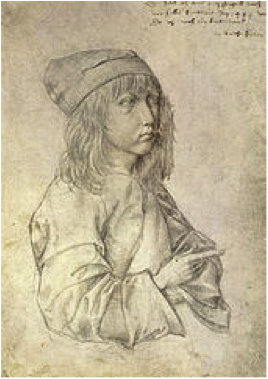Arts, Families and Children (Vol. 1)
It is fitting that our first edition should be devoted to the subject of arts, families and children. Childhood takes us to the place where we first encounter arts, to the moment in childhood when we discover the wonder of music with that decision to join the elementary school orchestra or uncover the marvels of sculpture through Play-Doh. Or perhaps it is a trip to the local museum with family, or an interactive exhibit enjoyed by both parents and their children. Whatever the case, walk with us as we consider the topic in this edition of The Muse Dialogue.
Children and the Arts
by Elyssa Jechow
The arts historically carry a certain stigma in society – a pleasure for the elite, an abstract subject that only the highly educated can appreciate. As society progresses, though, we must recognize one of the most important values of the arts. We must not deny the invaluable potential that putting arts in the lives of young people can have. More and more, it is imperative that we gain an understanding of just how integral the arts are in basic education. Elyssa Jechow discusses the long-term benefit of arts education for children in her article “Children and the Arts.”
The Seriousness of a Child at Play
by Andrew Swensen
The arts share much with the very best of childhood. To introduce a child to the arts in so many ways is nothing less than feeding the best part of their growing minds. It cultivates their sense of exploration and wonder, their yearning to create new worlds of bright palettes and rich sounds. The arts give voice and vision to young dreams and emboldens those whose very nature lies in wonder, exploration and discovery.
The Pavlova Effect: An Argument for Equal Access to Arts Education
by Michelle Van Doeren
In the 1930s, during the height of the depression, the renowned Russian ballerina Anna Pavlova stepped out of the elite world of the finest opera houses and gilded theaters, and into the heartland of America to share her passion for ballet with the struggling masses. Her mission was to bring ballet to the world, and many a little girl discovered her inner dancer. Anna Pavlova made dance accessible. It seems we need Pavlova again.
The Artistry of Parenthood
by Andrew Swensen and Katherine Leisen
Having a child is one of the most momentous occasions in someone’s biography, no less true of artists than of anyone else. Beyond just childbirth, parenthood over the longer run defines one’s identity over the years, and all of its inspirations and challenges must surely shape the creative spirit. From Lenka Clayton’s recent Pittsburgh exhibition of “Maternity Leave,” to Coleridge to Renoir, the birth of a child has affected artists throughout history.
Resources, venues and arts activities for families in Pittsburgh
The staff of TMD have prepared a list of destinations, activities, and other resources for families seeking arts experiences and education around Pittsburgh. We welcome your additions, and welcome suggestions for opportunities in other cities.











Trackbacks & Pingbacks